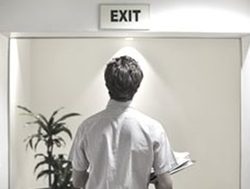Michelle Gibbings* says it’s frustrating when people put you in a pigeonhole — far worse when you pigeonhole yourself.
 Recently, I was helping a friend who was recruiting new people into their team.
Recently, I was helping a friend who was recruiting new people into their team.
As we were sifting through the applications, we saw people we had worked with in previous roles.
There was an immediate reaction — either positive or negative — to these people.
The immediacy of the reaction was there despite it being many years since we had worked with them.
Yet, they may have changed their approach, and very likely have grown and developed new skills over that time.
It was a stark reminder of how quickly we react and categorise people and often pigeonhole them.
When we pigeonhole someone, we unnecessarily and narrowly define them.
By viewing the person in a specific way and context, we can wrongly assume those elements are the limits to who they are.
We’ve all been there at some stage — we put someone in a pigeonhole.
Sadly, just as we do it to others, we can do it to ourselves.
This is because we all see ourselves in a particular light and have ways of explaining our work and career.
In time, that perspective on your career identity can limit you.
Your current role doesn’t specify your career identity.
Instead, it develops over time based on your work experiences, personality traits, motivations and belief.
Ultimately, those elements converge, shaping how you define yourself in the context of your career.
Researchers suggest your career identity can be conceptualised as a ‘cognitive compass’ used to navigate opportunities.
The challenge is when that cognitive compass needs to shift.
Making the shift isn’t easy, but it’s a necessary precursor for career progress.
When you can’t shift, your current career identity can end up blocking your progress.
Seeing yourself in a certain way works to prevent you from moving on to something else, or makes it more challenging.
This happened to me when I entered the new world of owning and running a consulting practice, leaving a senior executive position.
This move was far more challenging than I expected.
Former colleagues and friends saw me (and the work I did) in a particular light, so when I sought to head in a different direction, they didn’t know how to react.
Worse, I struggled to explain how or what I was doing.
I didn’t know how to position myself.
I felt like a three-year-old playing dress-ups in clothing that didn’t quite fit.
I realised I had to get comfortable with a new career identity — one where I was no longer a corporate executive, but a business owner.
This didn’t mean I changed my values or who I was as a person.
There are dangers when you aren’t your authentic self.
Instead, I had to alter how I saw myself in the context of my career.
In making my career leap, I had to take myself out of the pigeonhole into which I had slotted myself.
This shift in identity is an integral part of the career-leap process.
Your shift may be small or large, depending on the depth and breadth of the career change you are seeking to make.
When you seek to change roles and move in a different direction, you need to spend time working through what this means for you — that can be an uncomfortable process.
The first step is to understand how you see yourself in terms of your current work.
For example, consider how you respond when someone in a social setting asks: “What do you do?”
Do you define yourself by your professional occupation or title? Do you define yourself by the status attached to your current role, or the WOW factor when you say what you do?
Researchers, Frans Meijers and Reinekke Lengelle from the University of The Hague outline a multi-stage process that you can use to help you make sense of the world of work and your place in it.
It also provides a valuable framework to use to investigate your current career identity and what may need to shift.
The process involves writing your career story and going through these four key stages:
Sensing: You gather information and explore your emotions and feelings but don’t seek to explain or reason them.
Sifting: A sorting process where you look for connections across your experiences and identify patterns.
Focusing: You start to develop viewpoints as you bring together feelings and ideas that arose during the sensing and sifting stages.
Those perspectives are still forming and are not fixed.
Understanding: You put the events into a sequence, reflecting on the who, what, where, when, how and why of your experiences.
You start to draw conclusions about the meaning you are putting on events and your career identity.
You progress through these stages using personal reflection and conversations with others (including a career coach or mentor) to help you better understand where you are and where you are going.
This process enables you to work through issues that can keep you from progressing and make meaning of your choices.
When we are willing to shift our career identity we open ourselves to new ideas and new experiences.
In the world of work, there’s a world of opportunities, and the primary question to answer is — is it time to fly the coop or perhaps just get out of your self-imposed pigeonhole?
*Michelle Gibbings is a Melbourne-based change leadership and career expert and founder of Change Meridian. She can be contacted at [email protected].
This article first appeared atwww.changemeridian.com.au.











